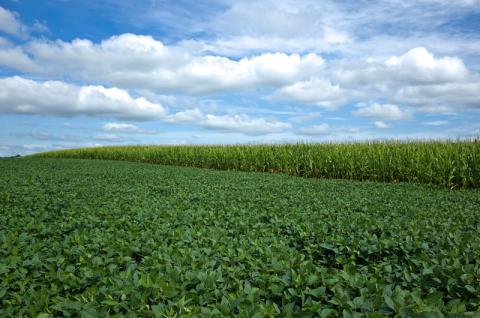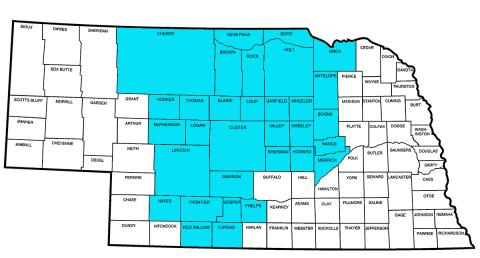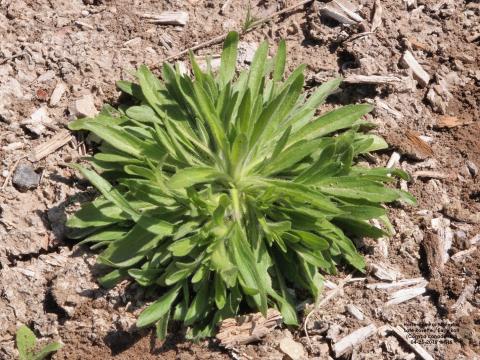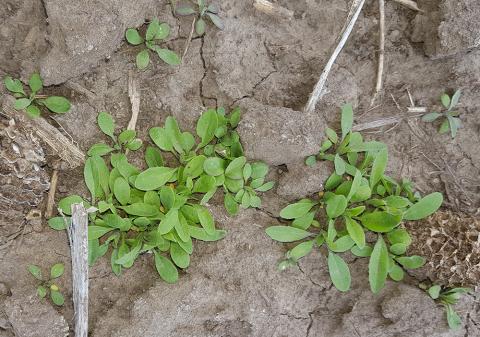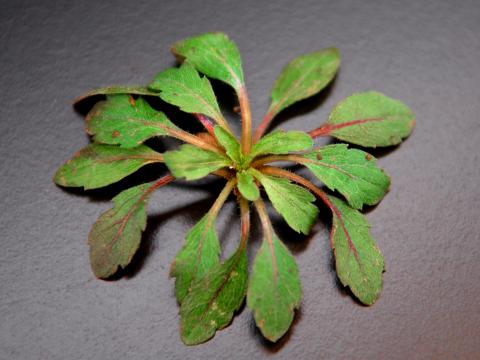Update by Environmental Protection Agency on Enlist Products: What Does that Mean for Nebraska Growers?
March 31, 2022
Enlist corn and Enlist soybean producers in Nebraska will be able to use Enlist One and Enlist Duo herbicides in the 2022 growing season following a revision of U.S. EPA guidelines this week.
Environmental Protection Agency Renews Enlist Product Registrations with New Control Measures: What Does that Mean for Nebraska Growers?
January 26, 2022
Enlist corn and Enlist soybean producers in 32 Nebraska counties will be restricted on the use of two herbicides in the 2022 growing season.
Factors to Consider When Multiple Herbicide-Resistant Soybean Traits Coexist
April 6, 2021
Confused about which soybean traits are resistant to dicamba or glufosinate? This NebGuide will help you through the process of making the best decision for your farm.
Control of Glyphosate-Resistant Marestail with Post-Emergence Herbicides in Corn and Soybean
May 29, 2019
Several post-emergence herbicides are available for control of marestail where spring weather may have interfered with application or efficacy of early spring burndown and/or pre-emergence herbicide applications.
Act Soon to Manage Invasive Marestail in Pastures
March 27, 2019
A description of marestail's history as an invasive weed in pastures and its management. Herbicide applications for marestail in pastures and rangeland may be most effective if applied in very early spring from April through early May.
Management of Glyphosate-Resistant Marestail in Fall
October 25, 2018
For successful marestail management in the fall, apply herbicides after harvest while weather conditions remain favorable (air temperature above 50°F). Effective control now may negate the need for an early spring burndown application.
Q&A: How Can I Control Winter Annuals Now Before Planting Wheat?
October 24, 2018
What is your herbicide recommendation for someone who wants to plant wheat, but has a lot of winter annuals coming up, including marestail?
Residual Herbicides Best Suited to Spring Marestail Management
May 2, 2018
Marestail, also called horseweed, is sensitive to most herbicides labeled for its control early in its growth stage, i.e. the rosette stage. Delaying treatment can allow it to compete with corn and soybean, potentially causing significant yield reduction.
